Fortification
A fortification (also called a fort, fortress, fastness, or stronghold) is a military construction designed for the defense of territories in warfare, and is used to establish rule in a region during peacetime.[2] Castles are fortifications which are regarded as being distinct from the generic fort or fortress in that they are a residence of a monarch or noble and command a specific defensive territory.Fortifications in the age of black powder evolved into much lower structures with greater use of ditches and earth ramparts that would absorb and disperse the energy of cannon fire.[4] This is employed when in the course of a campaign it becomes desirable to protect some locality with the best imitation of permanent defenses that can be made in a short time, given ample resources and skilled civilian workers.Castles are fortifications which are regarded as being distinct from the generic fort or fortress in that it describes a residence of a monarch or noble and commands a specific defensive territory.Defensive fences for protecting humans and domestic animals against predators was used long before the appearance of writing and began "perhaps with primitive man blocking the entrances of his caves for security from large carnivores".The Ancient Egyptians also built fortresses on the frontiers of the Nile Valley to protect against invaders from adjacent territories, as well as circle-shaped mud brick walls around their cities.[16] These could be used as such, for storage or residential purposes, or could be filled with soil and rocks during siege in order to raise the resistance of the outer wall against battering rams.[16] Originally thought to have been introduced to the region by the Hittites, this has been disproved by the discovery of examples predating their arrival, the earliest being at Ti'inik (Taanach) where such a wall has been dated to the 16th century BC.A number of forts dating from the Later Stone Age to the British Raj are found in the mainland Indian subcontinent (modern day India, Pakistan, Bangladesh and Nepal).Even a small town—for instance, Kotada Bhadli, exhibiting sophisticated fortification-like bastions—shows that nearly all major and minor towns of the Indus Valley Civilization were fortified.The earliest Mauryan period brick fortification occurs in one of the stupa mounds of Lauria Nandangarh, which is 1.6 km in perimeter and oval in plan and encloses a habitation area.[29] The historic city was home to centuries-old churches, schools, convents, government buildings and residences, the best collection of Spanish colonial architecture before much of it was destroyed by the bombs of World War II.Partial listing of Spanish forts: The Ivatan people of the northern islands of Batanes built their so-called idjang on hills and elevated areas[30] to protect themselves during times of war.It is said that at the height of the Maguindanao Sultanate's power, they blanketed the areas around Western Mindanao with kotas and other fortifications to block the Spanish advance into the region.[34] During the Siege of Ta'if in January 630,[35] Muhammad ordered his followers to attack enemies who fled from the Battle of Hunayn and sought refuge in the fortress of Taif.Yoruba fortifications were often protected with a double wall of trenches and ramparts, and in the Congo forests concealed ditches and paths, along with the main works, often bristled with rows of sharpened stakes.While formidable in construction, many of these strongpoints failed because Ashanti guns, gunpowder and bullets were poor, and provided little sustained killing power in defense.During the Renaissance era, the Venetian Republic raised great walls around cities, and the finest examples, among others, are in Nicosia (Cyprus), Rocca di Manerba del Garda (Lombardy), and Palmanova (Italy), or Dubrovnik (Croatia), which proved to be futile against attacks but still stand to this day.Unlike the Venetians, the Ottomans used to build smaller fortifications but in greater numbers, and only rarely fortified entire settlements such as Počitelj, Vratnik, and Jajce in Bosnia.Fortifications in the age of black powder evolved into much lower structures with greater use of ditches and earth ramparts that would absorb and disperse the energy of cannon fire.This placed a heavy emphasis on the geometry of the fortification to allow defensive cannonry interlocking fields of fire to cover all approaches to the lower and thus more vulnerable walls.Fortifications also extended in depth, with protected batteries for defensive cannonry, to allow them to engage attacking cannons to keep them at a distance and prevent them from bearing directly on the vulnerable walls.Worse, the large open ditches surrounding forts of this type were an integral part of the defensive scheme, as was the covered way at the edge of the counterscarp.The ditch became deep and vertically sided, cut directly into the native rock or soil, laid out as a series of straight lines creating the central fortified area that gives this style of fortification its name.Traditional fortification however continued to be applied by European armies engaged in warfare in colonies established in Africa against lightly armed attackers from amongst the indigenous population.Many historical fortifications were demolished during the modern age, but a considerable number survive as popular tourist destinations and prominent local landmarks today.Munition storage follows safety rules which use fortifications (bunkers and bunds) to provide protection against accident and chain reactions (sympathetic detonations).Older fortification may prove useful such as the old 'Yugo' pyramid shelters built in the 1980s which were used by US personnel on 8 Jan 2020 when Iran fired 11 ballistic missiles at Ayn al-Asad Airbase in Iraq.The reason for this is that static above-ground forts cannot survive modern direct or indirect fire weapons larger than mortars, RPGs and small arms.
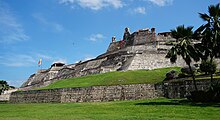

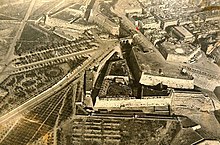

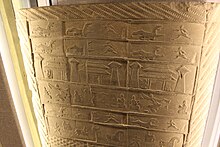
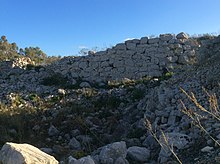

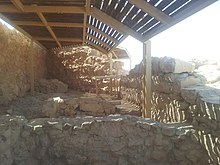
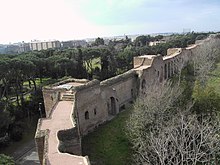
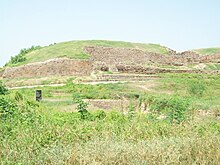

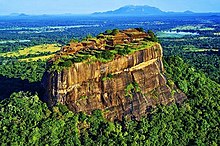
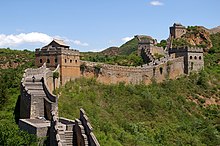

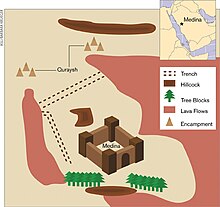
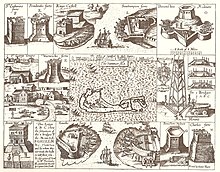
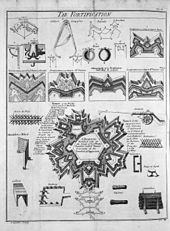


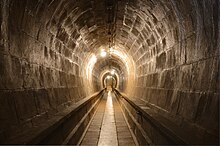
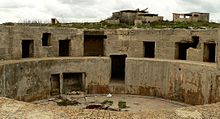
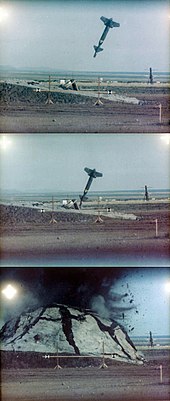
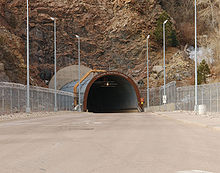
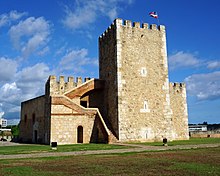
Food fortificationFortified wineFortification, New ZealandFort (disambiguation)Fortress (disambiguation)Stronghold (disambiguation)outlineHistoryPrehistoricAncientPost-classicalCastlesEarly modernMilitary revolutionPike and shotNapoleonic warfareLate modernIndustrial warfareFourth-gen warfareMilitaryOrganizationCommand and controlDefense ministryAir forceMarinesCoast guardSpace forceReservesEngineersMedicalPoliceDivingInfantryCavalryArtillerySpecial forcesSignal corpsWarshipsSubmarinesAircraft carriersLanding craftAuxiliary shipsFightersBombersCommandClose air supportElectronic-warfareReconnaissanceFire-control systemFire-control radarDirector (military)Combat information centerShip gun fire-controlGun data computerTorpedo data computerBasic trainingMilitary manoeuvrersCombat trainingBattlespaceAerospaceAerialAirborneCold-regionDesertJungleMountainSubterraneanTunnelAmphibiousSurfaceUnderwaterSeabedInformationWeaponsAir defenceBarrageBiologicalCamouflageHorsesChemicalCombined armsConventionalDenialDisinformationElectromagneticLoiteringMissileNuclearPsychologicalRadiologicalSubmarineUnconventionalTacticsList of military tacticsAirliftAir assaultAirbridgeAirdropAnti-aircraftAnti-subAnti-tankBattleChargeCounterattackCounterinsurgencyConvoyDefeat in detailFoxholeEnvelopmentFormationGuerrillaRapid dominanceEncirclementInvestmentScreenTactical objectiveTarget saturationTrenchWithdrawalOperationalMilitary operationSpecialOperations researchBlitzkriegExpeditionaryDeep operation
